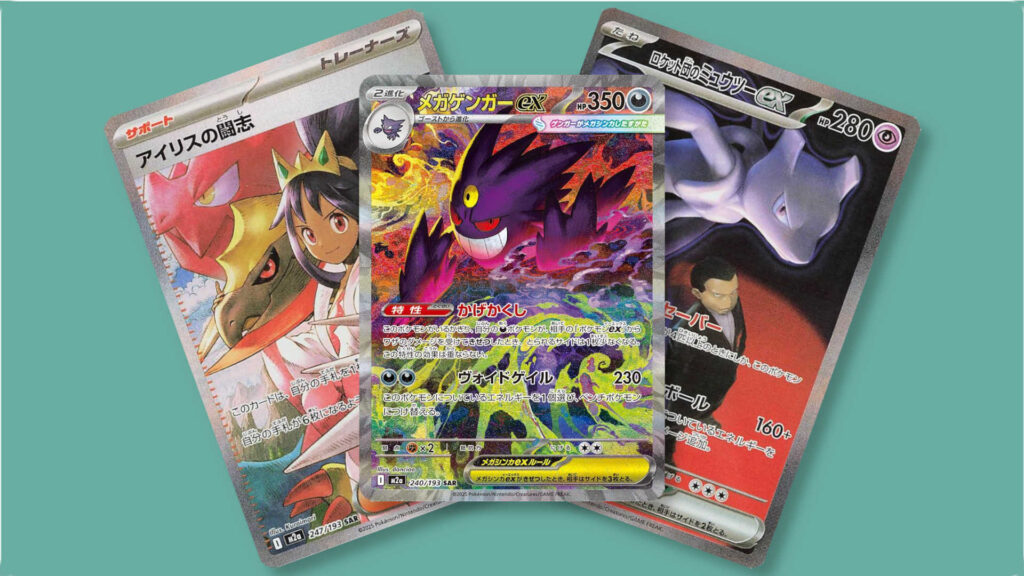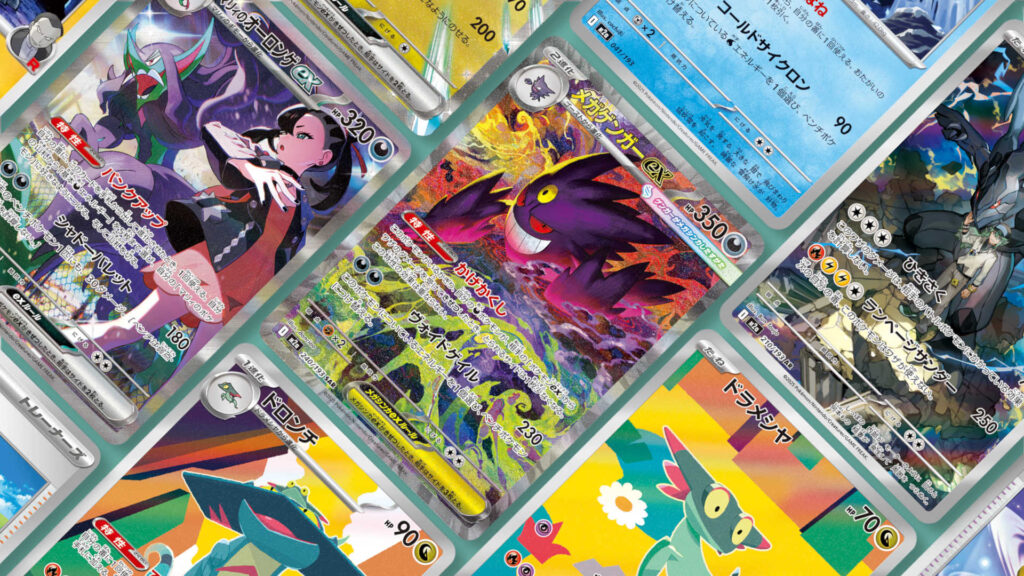Aggressive red decks are often solid options in most of Magic’s constructed formats, and they fare particularly well in Standard. Many of these decks incorporate secondary colors to further their game plans, such as Boros (white-red) Prowess and Rakdos (black-red) Lizards. Simplicity has its own merits, though, so let’s ignore all those other colors and focus on the reddest deck in Standard – Mono-Red Aggro!
Table of Contents
ToggleWhat’s the Game Plan for Mono-Red Aggro?
Mono-red decks in most formats are considered relatively easy and beginner friendly, and this deck exemplifies how they got that reputation. You want to get your aggressive creatures out early, swing them a few times and finish off with direct damage spells if needed. The faster you can go, the better!
The Threats of Mono-Red Aggro
Every creature in our deck is capable of closing out the game if we support them right and get moving fast enough. Heartfire Hero has cemented itself as a staple threat in most aggressive red decks, being capable of growing quickly and often dealing a large chunk of direct damage if it ever dies. Some aggressive decks based around this card go all-in with pump spells and try to finish the game with the Burn Together half of Callous Sell-Sword, but our game plan isn’t quite as feast or famine.
Hired Claw is another one-drop threat that can grow larger, and while it’s the only Lizard we’re playing, it doesn’t necessarily need the help. It can always threaten to activate the +1/+1 counter ability when it attacks, which makes blocking a pain. The triggered ability causing damage just for attacking can even get through that last bit of damage when your opponent thinks they’ve stabilized. Our last one-drop creature is the classic Monastery Swiftspear, which has been headlining burn and aggro decks in several formats for ten years!
Moving up the mana curve, Emberheart Challenger is the best hasty two-drop we can access in Standard. The valiant ability sometimes whiffs, but it’ll sometimes draw you extra cards, which is always appreciated. It’s also an additional Mouse to power up Manifold Mouse, which easily triggers valiant on both of your other Mice while letting them swing for big damage out of nowhere. Don’t underestimate it on offense, either. It won’t suddenly end a game on its own, but it can always be a double striker (or two if you pay the offspring cost) and push through some damage with the help of a pump spell.
I think I underestimated Screaming Nemesis when it was previewed. Hasty 3/3s for three don’t always make the cut in aggro decks, but the Boros Reckoner-style triggered ability really overperforms. Blocking it hurts, not blocking it hurts, even attacking into it hurts! Turning off your opponent’s ability to gain life can single-handedly end games against Orzhov (white-black) Lifegain strategies, or just make life a lot harder for decks relying on Sheltered by Ghosts to stabilize.
The Spells
Your instants and sorceries are pretty straightforward, as is the trend with cards in this deck. Burst Lightning and Lightning Strike are classic burn spells that can remove a problematic blocker (or attacker in aggro mirrors) or just go straight to the face for direct damage. Burst Lightning is a marginal upgrade over Shock, and the kicker cost is high enough where it rarely comes up, but a marginal upgrade is still an upgrade. Your other removal spell is usually Witchstalker Frenzy (though I have seen some players use Scorching Shot, which I view as usually worse.) This is mainly a concession to big creatures that the deck cannot beat otherwise, like Sheoldred, the Apocalypse. There’s a cool play pattern where you can target your own Screaming Nemesis, then direct the damage from its triggered ability directly at your opponent, but otherwise this is the one removal spell in the main deck that won’t be able to close out a game with direct damage.
Monstrous Rage has quickly proven to be one of the best pump spells of all time. +3/+1 and trample is already pretty good, but this even leaves behind a Role token that continues to buff the enhanced creature on subsequent turns. This plays especially well with all the Mice, triggering valiant and making your double strike attacks much more deadly.
The Lands
For many players, the biggest selling point of Mono-Red Aggro is how easy it is to put together. The mana base plays a huge part in this, requiring no rares or mythics and being mainly comprised of basic Mountains. You could absolutely play around with other utility lands (previous versions of the deck have played Mishra’s Foundry, for example,) but the consensus is that Rockface Village is too hard to pass up in Mono-red. It’s another way to trigger valiant and can help push through surprise damage outside of the early game. Mind your sequencing when playing your lands, though, as you can’t use Rockface Village for red mana for any of your noncreature spells.
The Sideboard
Lithomantic Barrage – Mainly comes in against Azorius Oculus and control decks in white and blue. If your opponent has reasonably big white/blue creatures and counter-magic, this will help tilt the odds in your favor.
Torch the Tower – Another removal option that’s mainly used for its ability to exile creatures. Opposing Heartfire Hero/Cacophony Scamp, and Enduring Innocence are likely your biggest targets, but if you can bargain it you can hit slightly larger recursive creatures like Unstoppable Slasher and Enduring Curiosity. Do note that you don’t have much to enable bargain, with your only main-deck options being the offspring token from Manifold Mouse (which isn’t terribly cost-effective) and the Role token from Monstrous Rage.
Twisted Fealty – This is the best Threaten effect we have for this deck in Standard. You want to use this to close out the game in matchups where your opponent is looking to bring in a gigantic creature to stabilize (usually Atraxa, Grand Unifier). This can also be used against creatures like Sheoldred, the Apocalypse, but it’s less likely to end the game in a situation like that. You want this more against creatures you have no hope of removing.
Urabrask’s Forge – Fantastic against slower decks. The tokens you make every turn will eventually kill your opponent, and it makes most targeted removal look pretty ineffective.
Sunspine Lynx – Often deals decent damage to opposing multicolor players on entry with its triggered ability (this includes most commonly played decks in Standard) but also turns off life gain while it’s out. This makes it pretty effective against decks that really lean on life gain.
Tips and Tricks for Mono-Red Aggro
- Sequencing and targeting are key with decks like these. In most matchups, you want to get on the board quickly and use your spells to either amplify the damage output of your creatures or deal the last points of damage directly. That said, knowing the exceptions to this rule is also incredibly important.
- When you play against other aggro decks on the draw, your game plan tends to shift to dealing with their early threats, then landing your own threats afterwards. If they start with a one-drop creature and you do the same, you’re going to have a bad time when they simultaneously remove the creature while triggering valiant or prowess.
- Arena tends to give away when players have interaction in hand by passing priority to them when they have the mana to cast it. Use this information to your advantage. When you go to combat, if the game pauses briefly before letting you declare attackers, your opponent may have a removal or bounce spell at the ready. They may want to use this on one of your attackers during combat in response to one of your own instants or sorceries. It’s sometimes better to not cast these spells during combat, leaving extra damage from valiant or prowess on the table, to ensure your combat damage goes through. You can always fire off a burn spell on their end step, at least.
- Sheltered by Ghosts is killer against you. The combination of removal and life gain can sometimes completely shut the door on a game you were otherwise favored to win. Be very cognizant of this card and try to prevent your opponent from having a chance to cast it if you think they have it.
- If you really need to turn off life gain for your opponent, you can always hit your own Screaming Nemesis with a burn spell. This shouldn’t be the default use case of these cards, but sometimes it’s the only way to win.
I’m having a ton of fun breaking down these Standard decks, and I hope you’re enjoying learning about them! Until next time, I hope you enjoy racking up your daily wins quick with Mono-Red Aggro!
Interested in another kind of Standard deck? Check out my last article about Azorius Oculus!




